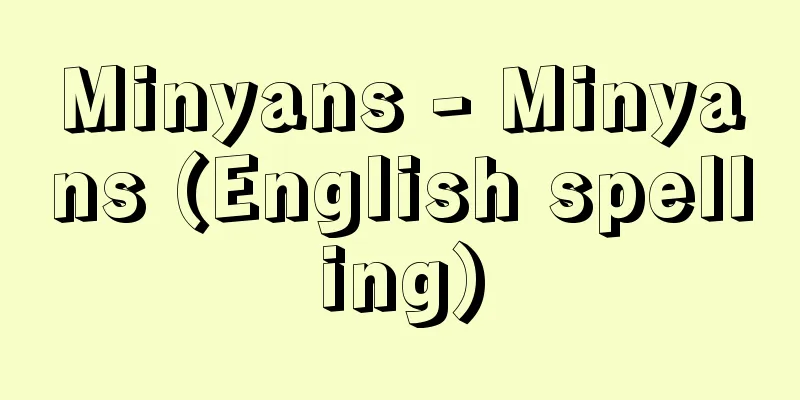Jacques Necker

|
French financier and politician. Born in Coppé near Geneva. Belonging to an English Protestant family, his father was a law professor. In 1747 he moved to Paris to become a banker. In 1763 he established the Banque Turson-Necker, and two years later he demonstrated his skills as a director of the Two India Companies. In 1773, his essay "Homage to Colbert" won the Paris Academy Prize. Opposed Turgot's grain trade liberalization policy, he was supported by some in the court and appointed Director of the Treasury in 1776 and Minister of Finance the following year in 1777. He attempted to improve the national treasury by borrowing from foreign banks, reducing government posts, and cutting down on unnecessary expenses. He attempted to introduce parliaments in areas that did not have the Three Estates, and had them independently plan the rational allocation of taxes and public civil engineering works. In 1781, he was dismissed for publishing the pensions of the court nobles in a financial report, but in 1787, after arguing with Calonne over finances before the first Assembly of Notables, he was reinstated as Minister of Finance in August 1788. He consulted the second Assembly of Notables on the method of convening the Three Estates General, and got the Council of State to approve doubling the number of Third Estate representatives. He was reluctant to hold joint discussions with the Three Estates, but ratified the National Assembly's establishment in June 1789. He was subsequently held responsible for the situation by Queen Louis XVI and Count Artois, and was dismissed on July 11. This infuriated the people, which led to the siege of the Bastille. After his reinstatement, he accepted the constitutional system, but did not belong to any party, and clashed with the Constituent Assembly over the issuance of Assignat banknotes and the management of the national treasury. He finally resigned in September 1790 and retired to Coppé. He spent the rest of his life writing works such as "On Finance" and "On the French Revolution." Incidentally, Madame de Stael, a famous romantic critic and novelist, was his daughter. [Akira Okamoto] [References] | | | |Source: Shogakukan Encyclopedia Nipponica About Encyclopedia Nipponica Information | Legend |
|
フランスの財政家、政治家。ジュネーブ近郊のコッペの生まれ。イギリス系プロテスタントの家系に属し、父は法学教授。1747年パリに出て銀行員となる。1763年「チュルソン・ネッケル銀行」を設立、2年後には両インド会社理事として腕を振るい、1773年パリ・アカデミー懸賞論文「コルベール賛辞」が入賞。チュルゴーの穀物取引自由化策に反対の立場で、宮廷の一部勢力の支持を受けて1776年国庫局長、翌1777年財務長官に登用された。外国銀行からの借入金や、官職の削減、冗費の節約によって国庫収支の改善を図った。地方三部会をもたない地域で議会の導入を試み、租税の合理的配分や公共土木事業を自主的に計画させた。 1781年、宮廷貴族の年金などを財政報告で公表したため免職となったが、1787年、第一次名士会を前にカロンヌと財政をめぐり論戦したのち、1788年8月、財務長官に復職。第二次名士会に全国三部会の招集方式を諮問し、国務顧問会議で第三身分議員の倍増を認めさせた。三身分の合同討議には消極的であったが、1789年6月の国民議会成立のときはこれを追認した。その後、事態の責任をルイ16世王妃やアルトア伯から追及され7月11日罷免。これは民衆を憤激させ、このためバスチーユ占拠事件が起こった。復職後、立憲体制は受け入れたが、党派に属さず、アッシニャ紙幣の発行や国庫の管理をめぐって立憲議会と対立。1790年9月に最終的に辞職し、コッペに引退。『財政論』や『フランス革命論』などの著作活動で余生を送った。 なお、ロマン派の評論家・小説家として有名なスタール夫人は彼の娘である。 [岡本 明] [参照項目] | | | |出典 小学館 日本大百科全書(ニッポニカ)日本大百科全書(ニッポニカ)について 情報 | 凡例 |
Recommend
Mount Utsugi
A mountain in the Kiso Mountains in Nagano Prefect...
Fiume
…After World War I, Fiume (the Italian name for t...
Insulating oil
Oil used for insulation and cooling of oil-filled...
Jokhang Temple - Jo Bo Khang (English spelling)
The name of a Tibetan temple. It is also written a...
Halothane
Also called fluothane. CF 3 CHClBr. Non-flammable,...
Anopheles
…A general term for about 400 species of insects ...
Germination - Hatsuga
It refers to the resumption of growth of the seed...
Dimethylglyoxime
Diacetyl dioxime. C 4 H 8 N 2 O 2 (116.12). It is...
Domēnikos Theotokopoulos
…The greatest Spanish painter of the 16th century...
Kamanashi River
A river that flows south through the western part...
Bauhinia japonica (English spelling)
…[Kazuo Furusato]. … *Some of the terminology tha...
ZAPU
...A referendum on a new constitution was held in...
Shellfish Passage - Kai no Kuchitsugi
… Traditional kiri-gumi joints used in Japanese w...
Cynognathus (English spelling)
A genus of mammal-like reptiles belonging to the S...
Top blowing converter process
…Then, in 1978, SG Thomas of England invented the...









